30 years after the fall of the Wall, interest in a differentiated view of academic activities in the GDR is growing. Research projects were often driven by political or geostrategic interests, but they also provided important insights and marked the beginning of cooperation that continues to this day. The exhibition Treating and Trading Animals focuses on the exchange of scientific knowledge, technology transfer and trade relations between the Mongolian People's Republic (MPR) and the German Democratic Republic (GDR) between the late 1960s and the 1980s.
The bilateral economic agreements included the veterinary (parasitological) treatment of sheep diseases on the one hand and the development of the leather and textile processing industry in Mongolia on the other. Thus, the GDR was Mongolia's most important trading partner in Europe and purchased leather and wool products mainly from the Mongolian People's Republic. The close cooperation between German scientists and local veterinarians in applied research on farm animal diseases has become institutionally established in collaborations that still exist today.
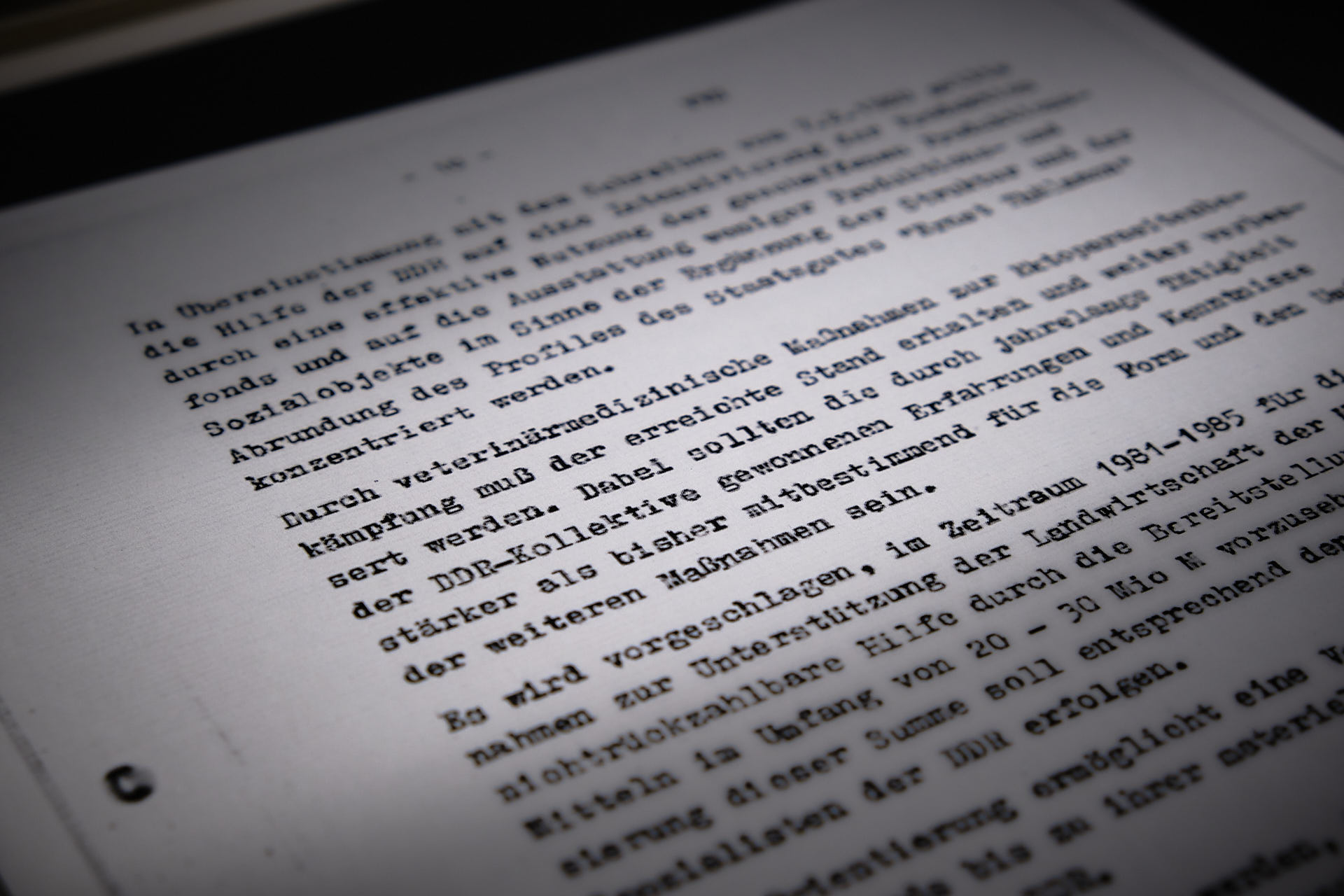
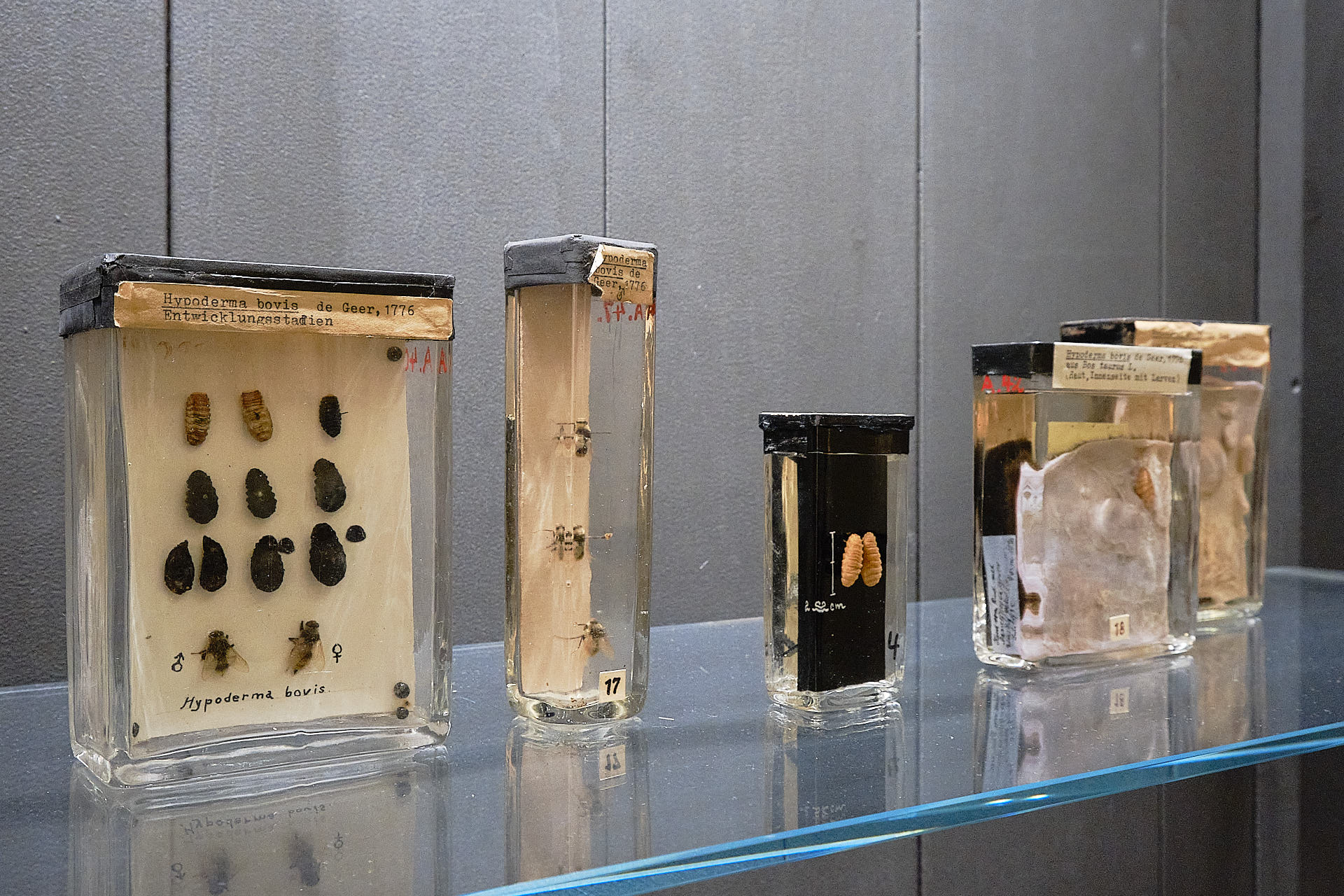
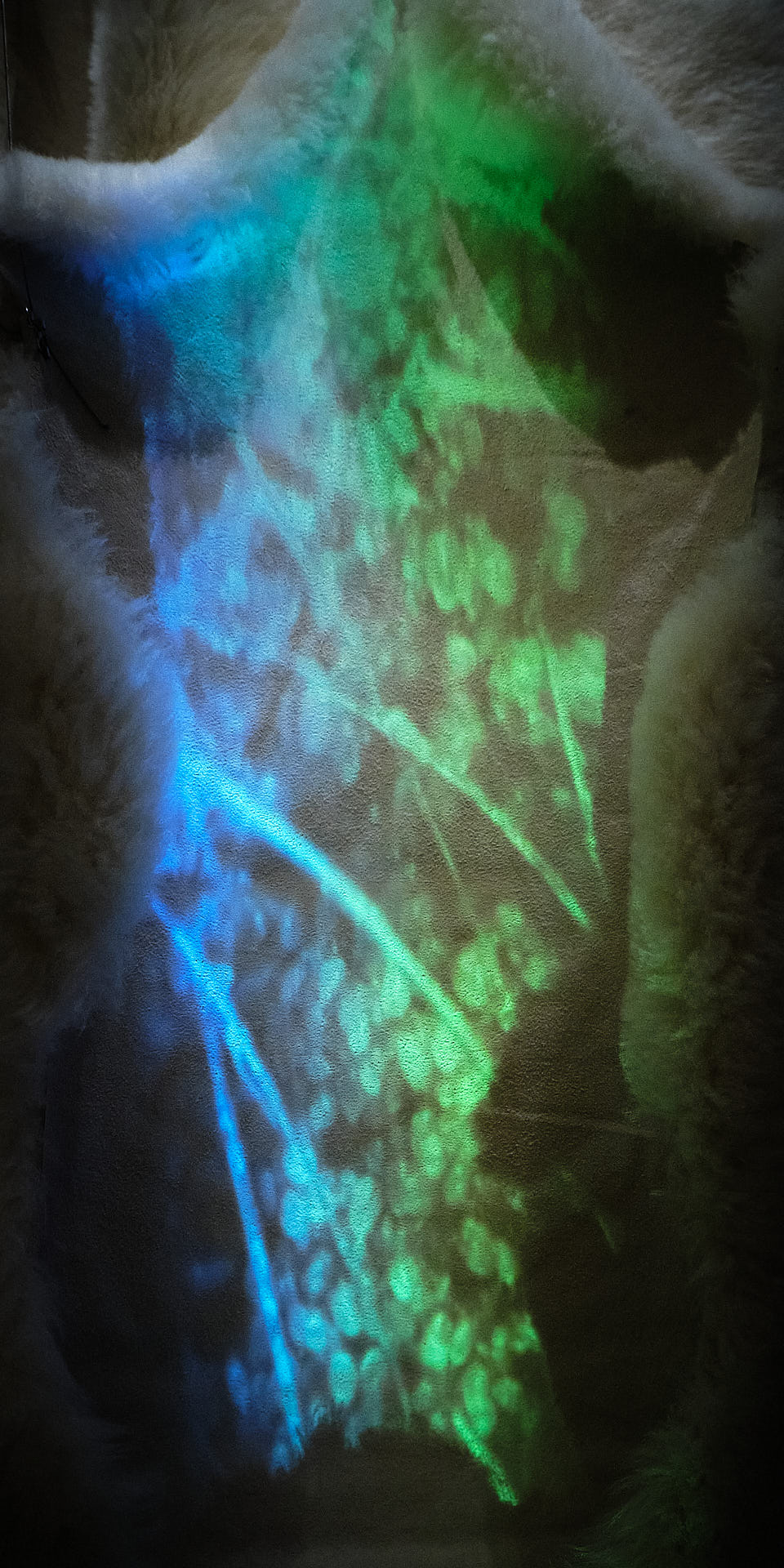
The exhibition covers a range of topics from veterinary medicine and the history of technology to industrial and economic development. Exhibits from the fields of veterinary medicine, biology and veterinary technology are displayed together with Mongolian industrial products such as carpets and clothing from the 1970s and 1980s. The exhibition points out the close scientific and economic cooperation.
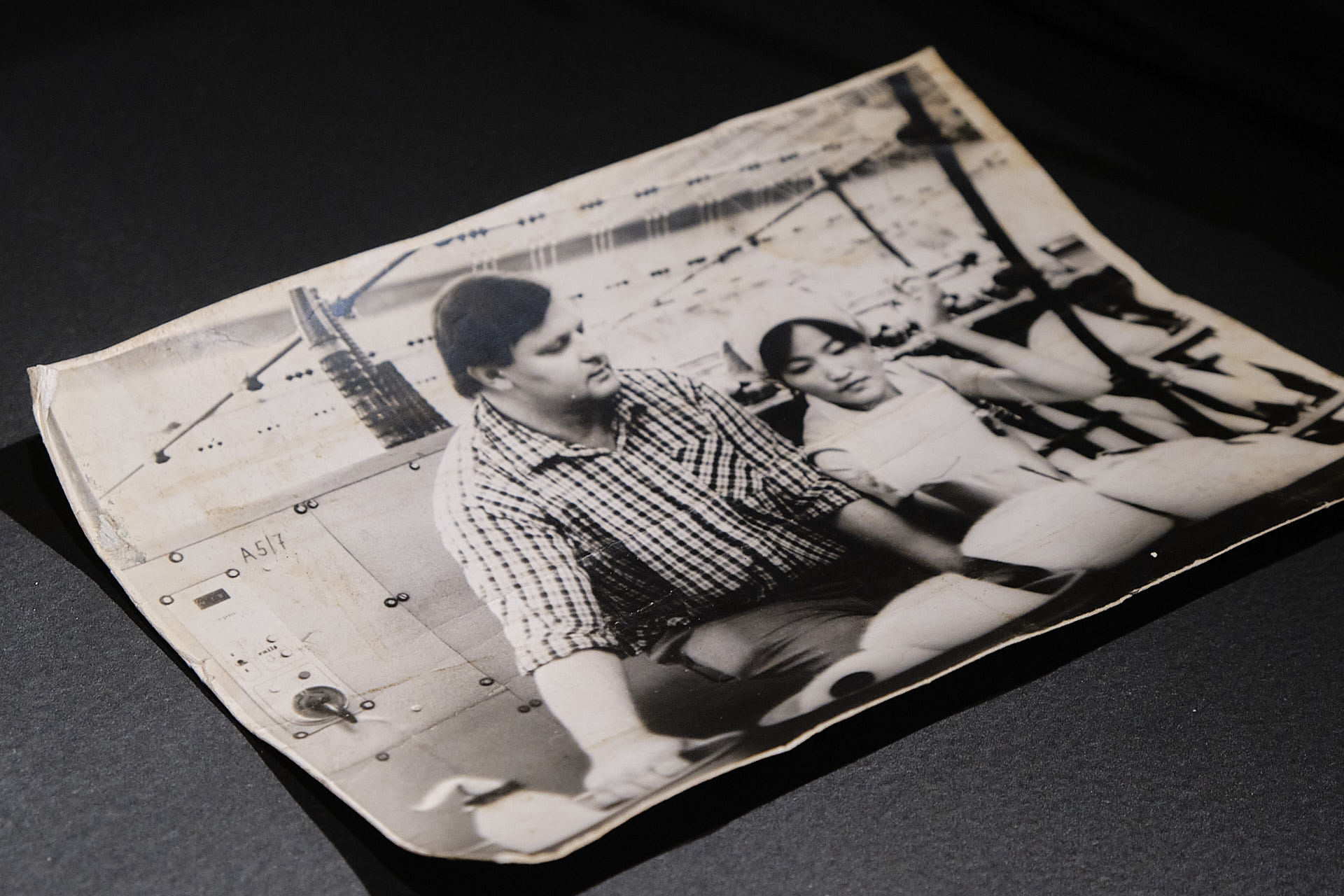
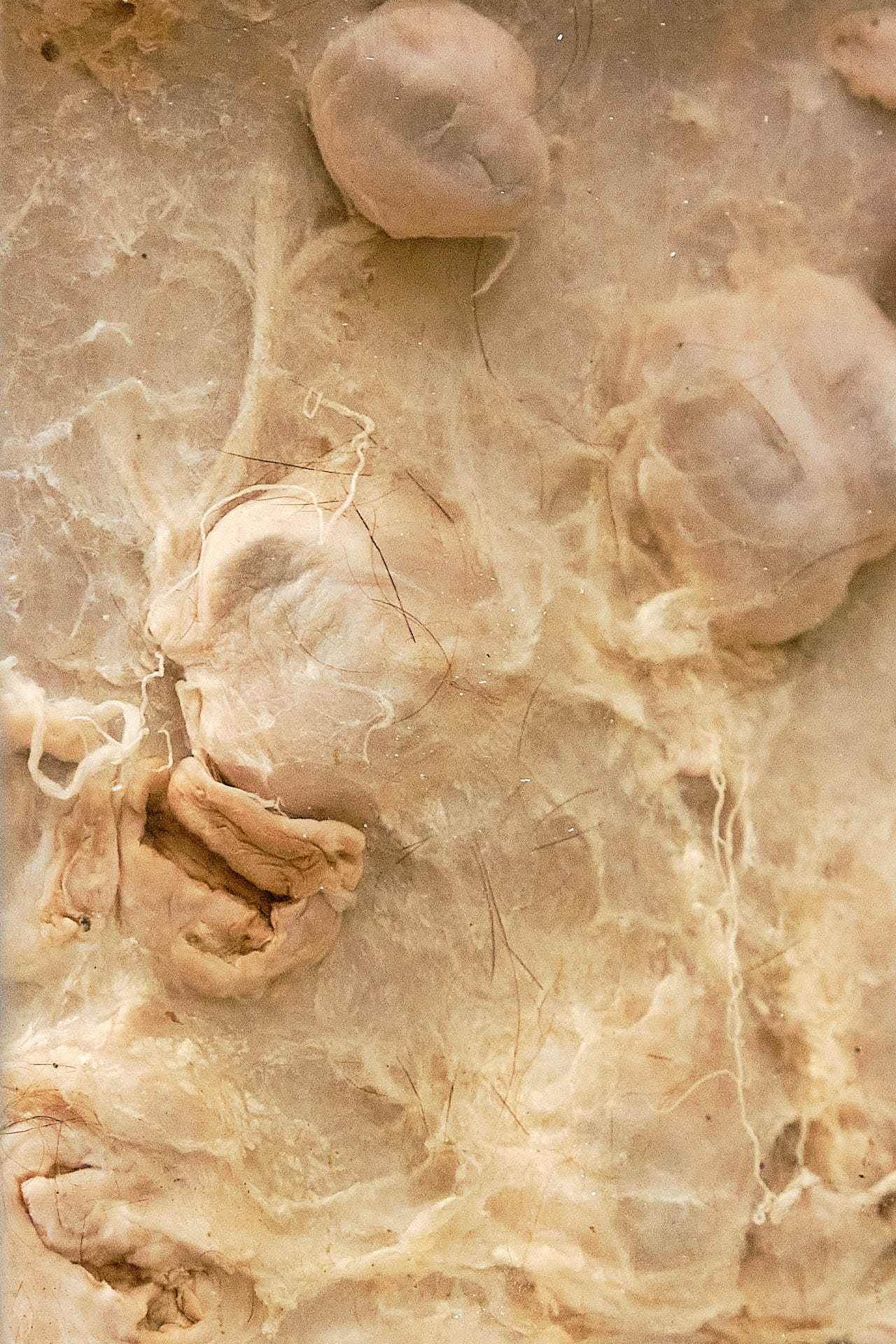

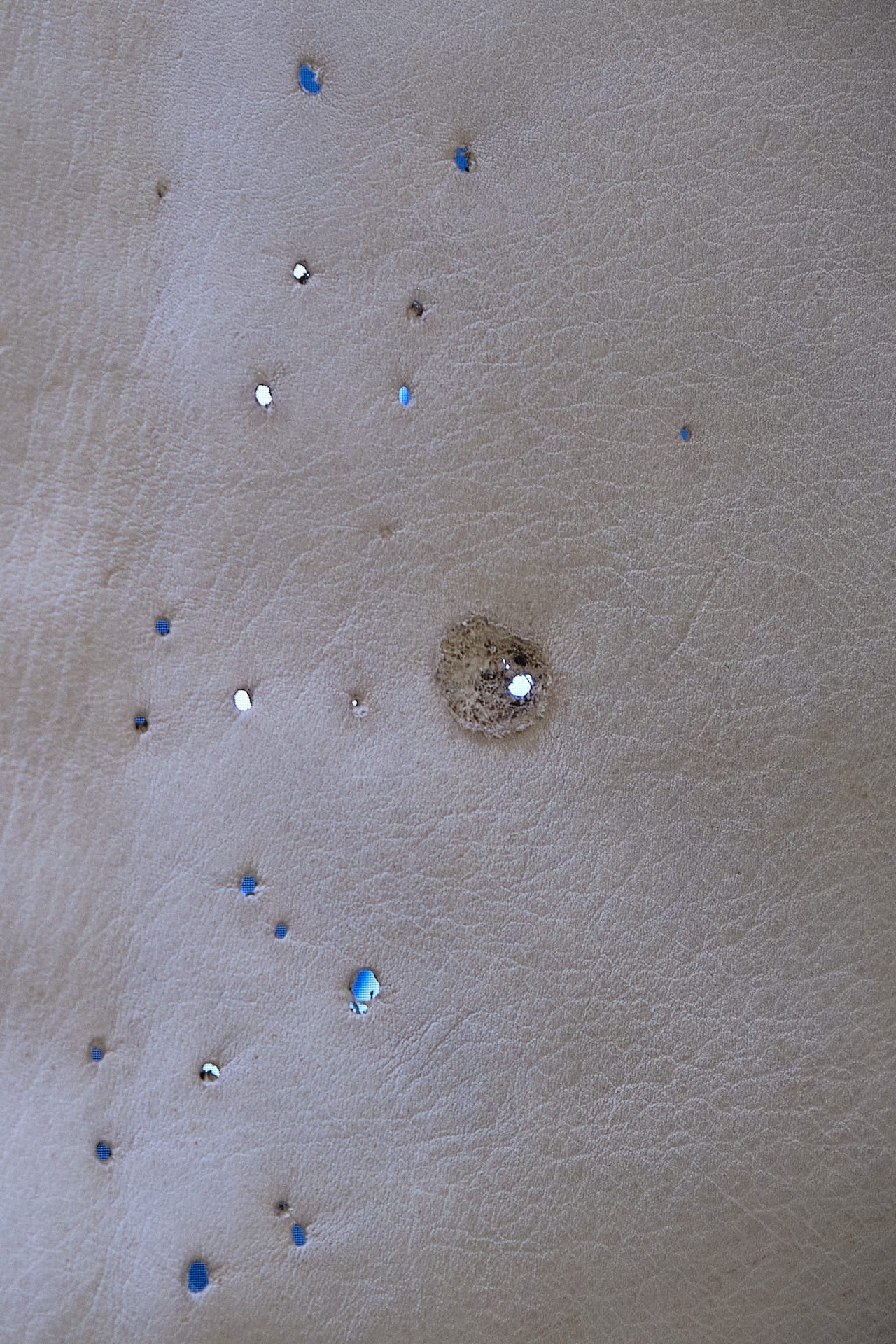
Curators: Katharina Otto and Felix Sattler.
Scientific Advisory Board: Prof. Dr. Theodor Hiepe (Prof. em., HU), Prof. Dr. med. vet. Peter-Henning Clausen (FU), Prof. Dr. Kai Matuschewski (HU), Dr. Adnan Al Halbouni (FU).
With the generous support of the Embassy of Mongolia in Germany.